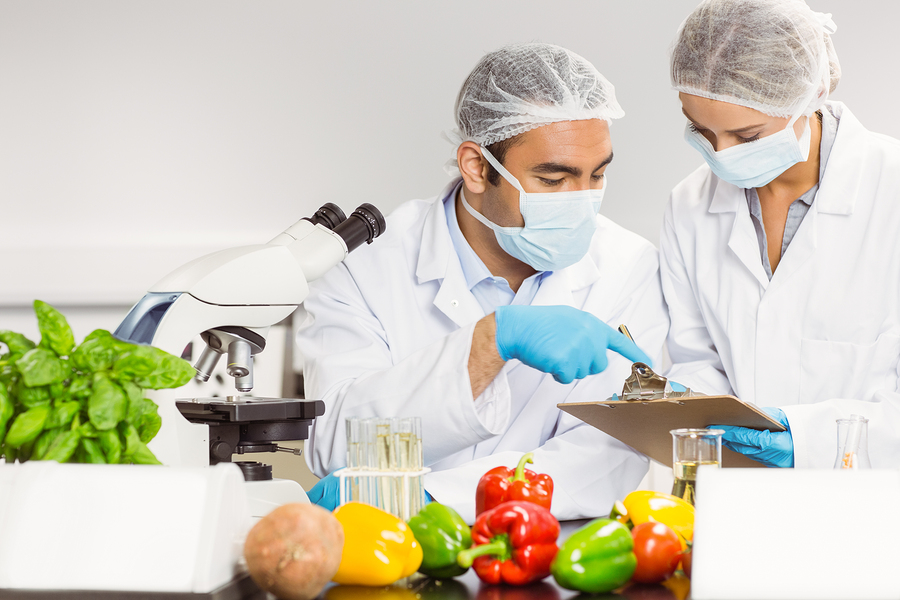
Food Sanitation: The Innovation in Food Processing
Food safety researchers and scientists have discovered hundreds of food-borne illnesses over time. When someone consumes contaminated food, they may experience severe gastrointestinal symptoms, some of which can be life-threatening. That’s why food safety matters now more than ever.
From humankind’s earliest days, people have looked for ways to preserve their food. As technology developed, it was used to keep food safe. While approaches have changed, our commitment to food safety has remained the same. Here, we discuss several sanitation innovations, including CIP meat packing equipment, that have changed food processing for the better.
Clean-In-Place Equipment
CIP or clean-in-place equipment controls parameters such as water temperature, detergent flow, and cleaning time accurately and precisely. These systems are often used after food processing runs, when changing recipes, or when cross-contamination becomes a concern. Because of clean-in-place processing equipment, consumers everywhere can enjoy healthy, safe food.
Refrigeration
Chilling food keeps it fresh and prevents the growth of illness-causing bacteria. Refrigeration has been used since ancient times when civilizations built underground storage areas to cool and preserve food. This food preservation technology came to the forefront during the 19th century, when the first refrigerators were made. Aside from CIP systems, refrigeration has had one of the most significant effects on food safety.
Canning
Necessity begets invention, and the promise of fame and fortune doesn’t hurt. The French discovered this in the 1700s when emperor Napoleon Bonaparte offered a sizable bounty to anyone creating an effective, safe, and scalable food preservation method. In 1809, an inventor named Nicholas Appert discovered that sealing prepared food in glass jars and heating them prevented spoilage. While Appert won the cash prize, it wasn’t until a few decades later that canning was done commercially.
Pasteurization
Pasteurization is a process involving the heating of liquids, the elimination of bacteria, and the prevention of food-borne illnesses. While it’s commonly associated with dairy products, almost any food can be pasteurized. Used since the end of the 1800s, pasteurization has been another major food safety innovation.
Mobile Refrigeration
While trains and ships have used ice boxes to transport food since the 1800s, it wasn’t until the mid-1940s that mobile refrigeration truly developed. American inventor Fred McKinley Jones and entrepreneur Joe Numero created air-cooling units that could be used in trucks, giving producers and processors the ability to move food efficiently, cheaply, and safely.
Blockchain Technology
While the term is often linked to cryptocurrency, blockchain has untapped potential in the food safety sector. Blockchain is a secure electronic ledger that records transactions, including stops in the food supply chain. The transparency of the blockchain helps consumers know how products have been handled, how long they’ve been around, and whether they’re safe. In the next few years, blockchain technology will increasingly be used to ensure food safety.
Ultraviolet Light
UV or ultraviolet light is an innovation with several food safety uses. The UV light spectrum is included in sunlight and used to increase the safety of various food production processes. As researchers learn about the importance of ultraviolet light, they will likely discover more food safety uses.
In Summary
These are just a few of the innovations that changed food safety for the better. While no one knows where the industry is going, we’re sure that technology will continue to make the world’s food supply safer for everyone.
With a solid foundation in technology, backed by a BIT degree, Lucas Noah has carved a niche for himself in the world of content creation and digital storytelling. Currently lending his expertise to Creative Outrank LLC and Oceana Express LLC, Lucas has become a... Read more